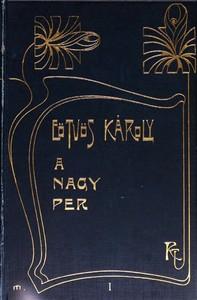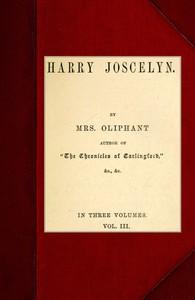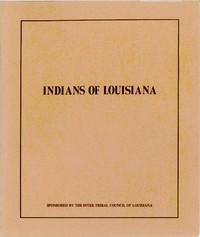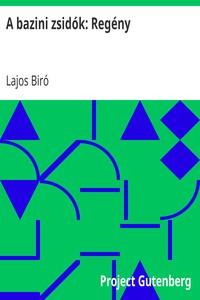Read this ebook for free! No credit card needed, absolutely nothing to pay.
Words: 13323 in 6 pages
This is an ebook sharing website. You can read the uploaded ebooks for free here. No credit cards needed, nothing to pay. If you want to own a digital copy of the ebook, or want to read offline with your favorite ebook-reader, then you can choose to buy and download the ebook.
PREHISTORIC LOUISIANA INDIANS
According to anthropologists there have been people in Louisiana for at least 12,000 years. They probably migrated from the northern United States in search of game as more and more of the northern areas fell under sheets of advancing ice. Louisiana was much cooler and the plant-life very different from modern times.
These early men hunted bison, mastodon, camels, and horses with simple spears made by attaching a sharpened rock flake to the end of a spear. They were the true pioneers of this state. They came here without benefit of guides to show them the best hunting farm lands.
The large animals gradually became extinct as the glaciers melted, the climate grew warmer, and the plant life changed. The native Louisianians were forced by necessity to hunt smaller animals and to supplement their diet with shellfish. The people of the Archaic Period moved from place to place leaving behind huge mounds of discarded shells which eventually increased the elevation of area and reduced flooding. During this period they developed such tools as spear--throwers, knives, scrapers, drills, and darts.
In northeastern Louisiana, near Epps, is an ancient village site called Poverty Point. It contains a unique bird effigy mound and a large geometrical village. Houses of palmetto were built on ridges of earth arranged in an octagon east of the 600 foot long and 70 foot high bird mound.
Since they did not have clay pottery, food was cooked by placing it in an earthen pit lined with hot baked clay balls. Tools, called micro-flints, were made from stone slivers to open shellfish, nuts, and seeds.
There are also indications of developing trade with other areas.
In coastal Louisiana much of the old Archaic tradition of shellfish gathering, augmented by hunting, continued long after the Poverty Point culture was 1,000 years old. About 200 BC crude pottery was added to the basic Archaic Culture on the coast and around Lake Ponchartrain. They continued to eat shellfish, supplemented with small game and wild plants. They lived on shell middens in circular houses made from poles and thatch.
The development of agriculture during this period freed the early Louisianians from daily hunting and food gathering which allowed them time for more religious and recreational activities. They began making fine pottery and flint projectile points for ceremonial and burial purposes rather than for purely utilitarian uses.
They continued building earthen mounds and added rather elaborate burial practices by placing the deceased in the mound with pottery and recreational items such as chunkey stones. Some of these burial artifacts were made from materials from as far away as Yellowstone Park and marine shells from the Gulf. Their artifacts included copper items.
This was basically a continuation of the Marksville Period. Mound building became more advanced with a shift toward large flat topped pyramidal mounds as foundations for temples. These were probably used for sacred and ceremonial activities. The burial mounds continued to be built in conical shapes.
Agriculture improvements included clearing fields by slashing the trees and burning them in the fields to provide fertilizer for crops. Bows and arrows were used for the first time which increased their hunting successes. With these improvements came larger populations as the people developed methods for feeding their growing numbers.
Free books android app tbrJar TBR JAR Read Free books online gutenberg
More posts by @FreeBooks

: A nagy per mely ezer éve folyik s még sincs vége (1. kötet) by E Tv S K Roly - Blood accusation; Jews Persecutions Hungary Tiszaeszlár; Tiszaeszlár (Hungary) Ethnic relations


: Harry Joscelyn; vol. 3 of 3 by Oliphant Mrs Margaret - Inheritance and succession Fiction; Families England Fiction







